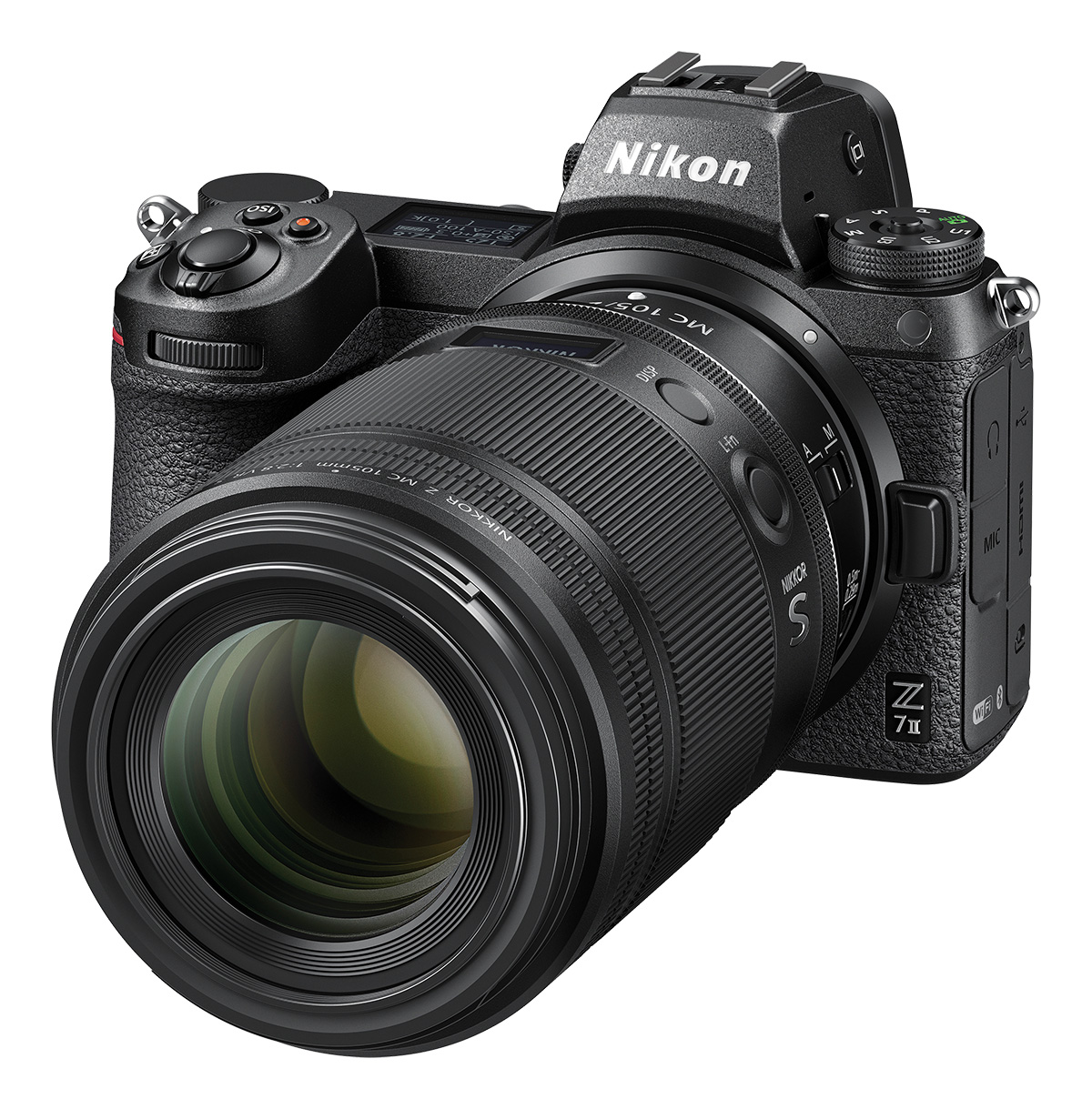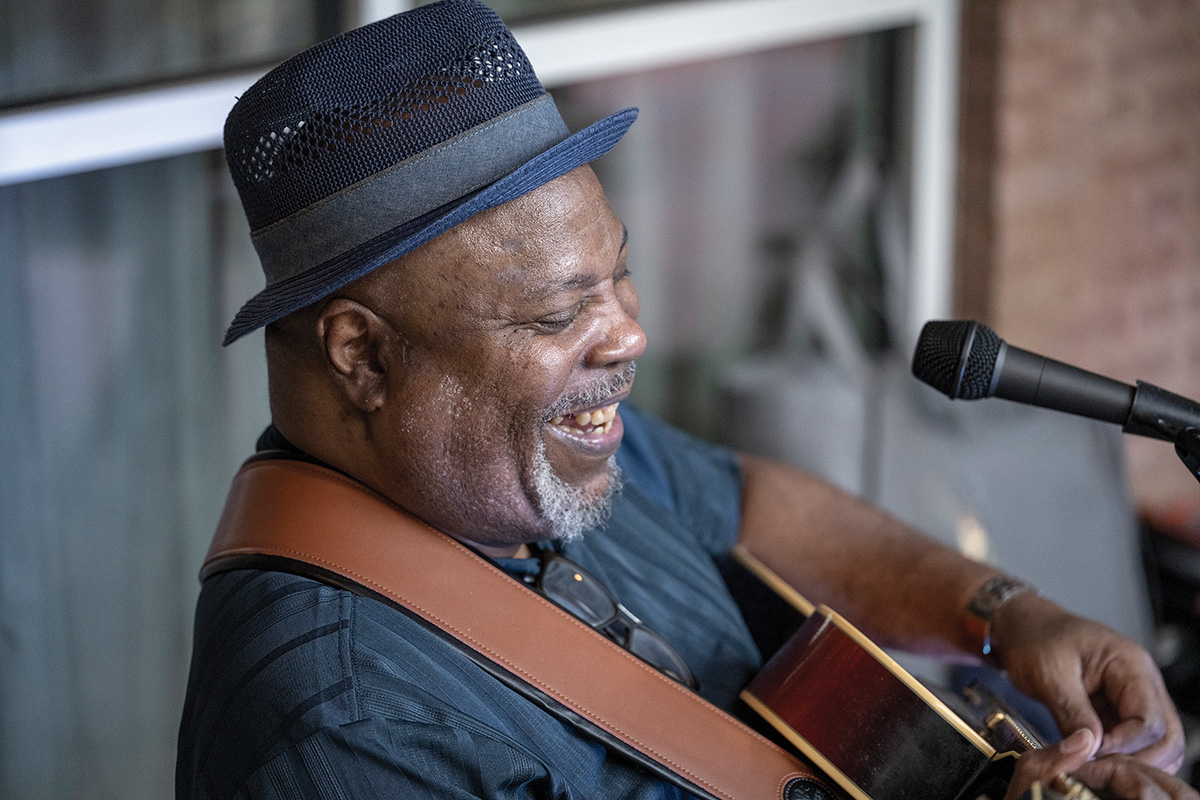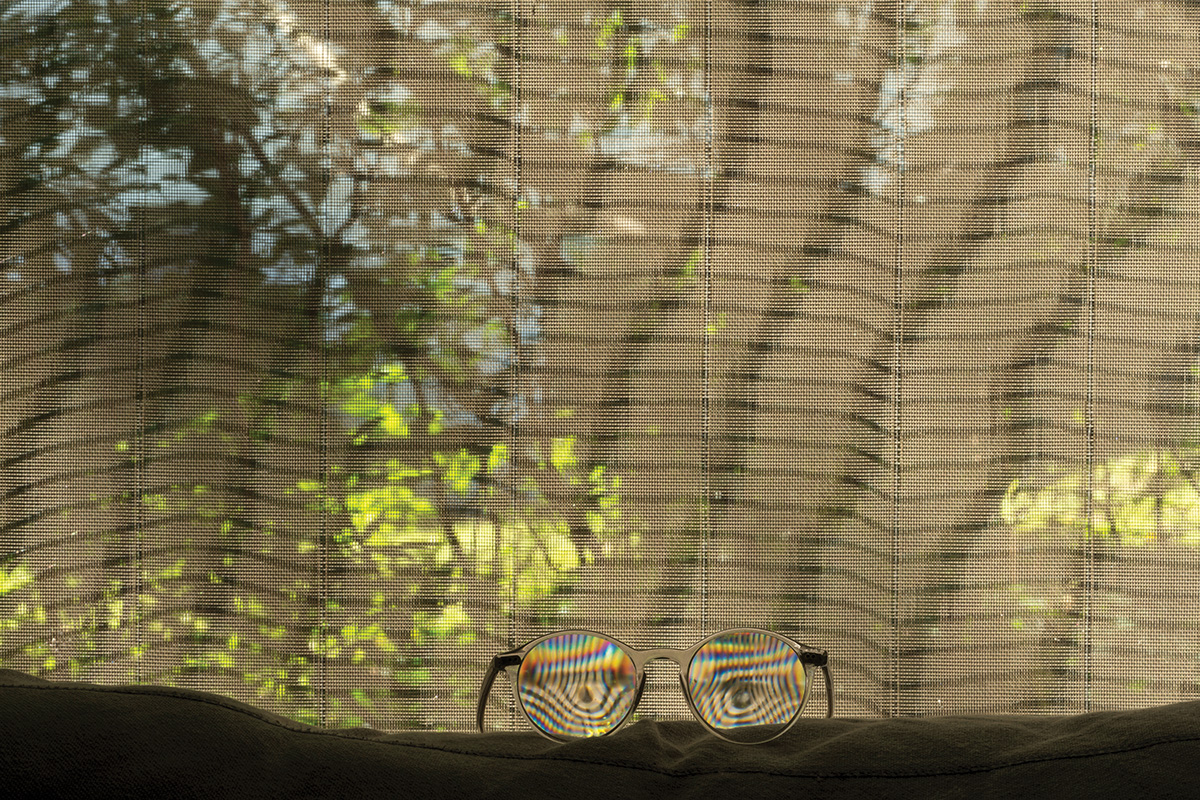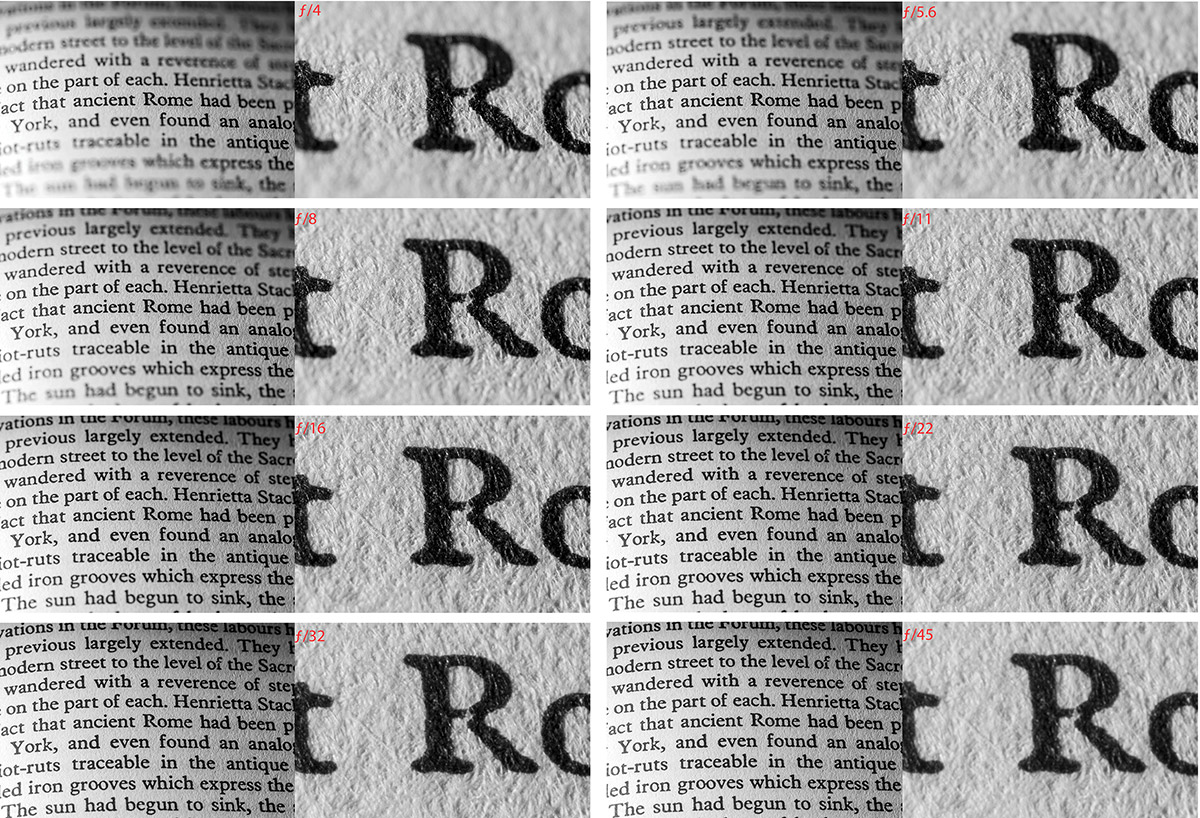
The Nikkor Z MC 105mm f/2.8 VR S is the latest addition to Nikon’s long tradition of producing short telephoto lenses capable of high-resolution close-up photography. But it’s the first that’s not designated as a Micro-Nikkor. Like the F-mount Micro-Nikkors, it excels as a general-purpose lens and is a superb choice for portraits.
Compared to the F-mount AF-S VR Micro-Nikkor 105mm f/2.8G IF-ED lens, this new lens is slightly wider, an inch longer, contains more glass, and weighs 3.1 ounces less. The combination of lower weight and better distribution of mass inside the lens means the balance point is closer to the camera body, making handheld shooting a pleasant experience.

Exposure at f/2.8 for 1/400 second, ISO 1600
The lens is not waterproof. However, it has a good number of gaskets at its front, rear, and around the control rings, buttons, and slider switches, plus fluorine coatings on the outer surfaces of the front and rear elements to repel water, oil, and dust, which makes it suitable for use in challenging environments.
I tested this lens with a 45.7-megapixel Nikon Z 7II body. Auto-focusing in all modes, including face and eye tracking, is swift, accurate, and silent. The vibration reduction system, which works in conjunction with the five-axis in-body sensor stabilization, functions as advertised with handheld use.

Exposure at f/25 for 0.4 seconds at ISO 64
The lens is superb optically, something I expected from previous Micro-Nikkors and all S series Nikkor Z lenses. Through testing with real-world subjects, my conclusion is that it has the best optical performance of any previous iteration of the 105mm Micro-Nikkors I’ve used.
I photographed a passage from a beautifully printed hardbound book to test the lens’s resolving power and to look for color aberrations. To bring out the fibers of the paper and the minute details of the typeface, I set a small LED spotlight at a low angle to rake across the page, then I manually focused on the spot where the bar meets the stem in the letter R in “Rome.” I made a series of eight exposures, progressively stopping the lens down in full stops until reaching the smallest aperture setting. At 1:4 magnification, the effective f/stop range is f/4 to f/45 instead of f/2.8 to f/32, as it is at distances where the scale is closer to 1:∞. At 1:1, the effective f/stop range is f/4.5 to f/51.

In this series of macro images, the subject magnification (the size of the subject relative to the size on the sensor) is 1:4 (0.25X magnification), according to the OLED info panel on the lens. The frames progress from f/4 to f/45. Focus is centered wher
In macro work, the near-focus distance, 11.52 inches, is measured from the sensor plane in the camera, not from the front of the lens. The Nikkor Z MC 105mm f/2.8 VR S comes with a deep, removable lens hood that locks in place. If you use the lens hood, the working distance from the front edge of the hood to the subject is about 3.5 inches.
Loss of sharpness due to diffraction is not an issue with this lens until the smallest aperture, even when viewing images at 100% magnification at the closest focusing distances. However, when inspected at 200% magnification on a high-resolution monitor, diffraction increases slightly when stopping down more than three stops from wide open. With the 45.7-megapixel Nikon Z 7II, printing the full frame at 300dpi creates a 55x37-inch print. With lower resolution full-frame cameras such as the Z 6II and Z 5, you might not even see the diffraction.

The intricate map art above was captured at f/18, showing the acuity and sharpness of real-world detail.
I also tested the lens in less controlled situations using both added and available light in portraits and still life studies. When the lens is wide open or stopped down two or three stops, I found the combination of sharpness at the point of focus and falloff to bokeh pleasing. Even when I used a small undiffused light source, the lens renders skin beautifully.
There’s not much to say about controls on the lens beyond two things: They are ergonomically sensible, and manual focusing is nicely damped and responsive for a focus-by-wire lens.
In video work, there’s a very slight amount of focus breathing when going from near to far distances, and operation of the lens is nearly silent—even the camera’s built-in microphones didn’t pick up any noise.
Ellis Vener is a contributing editor.

